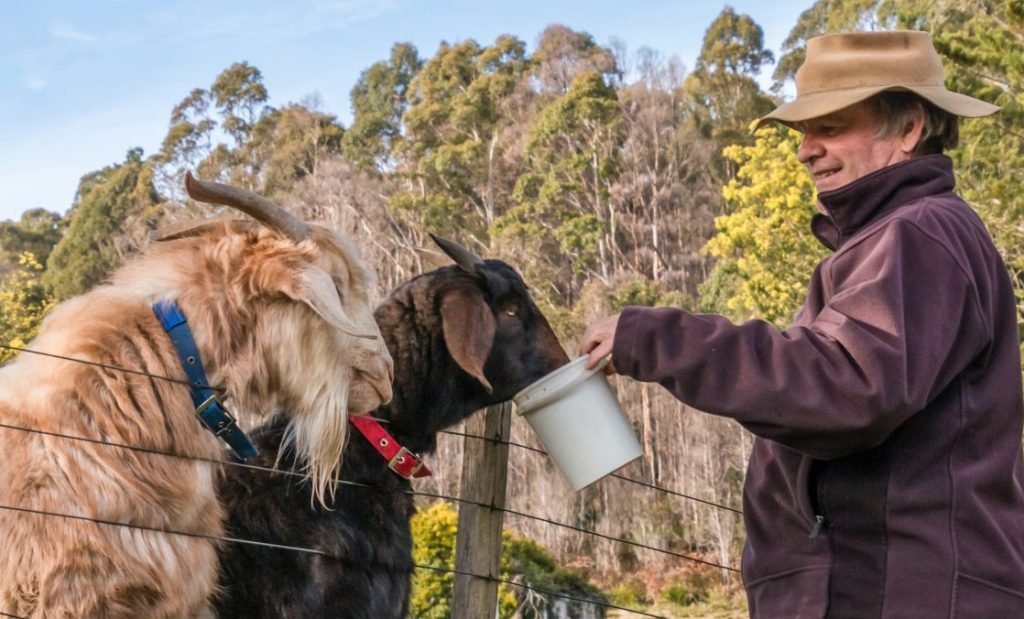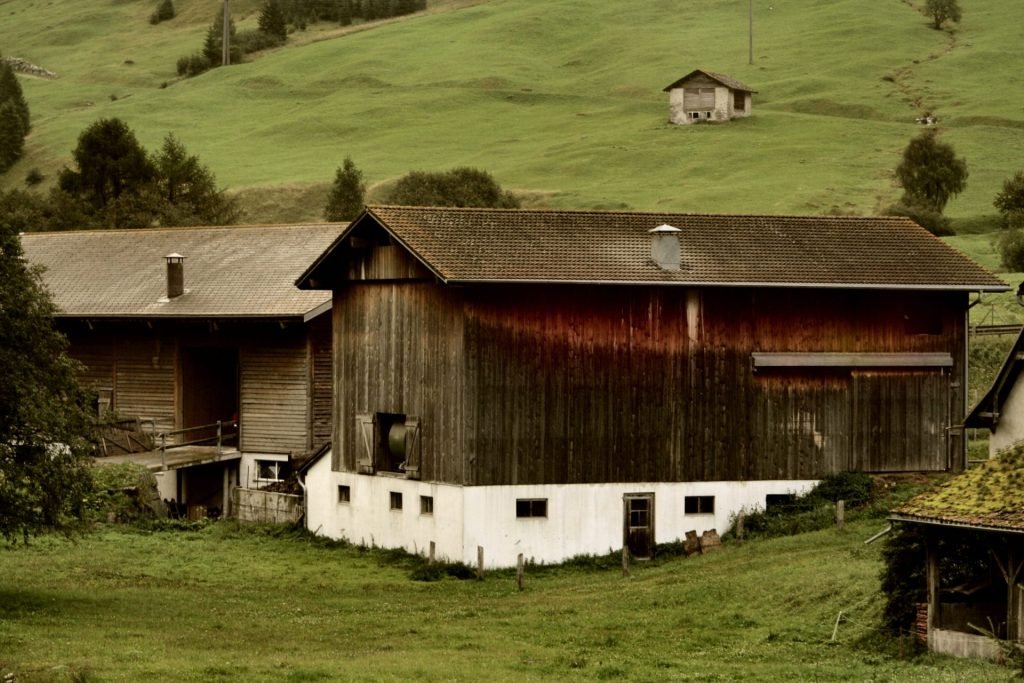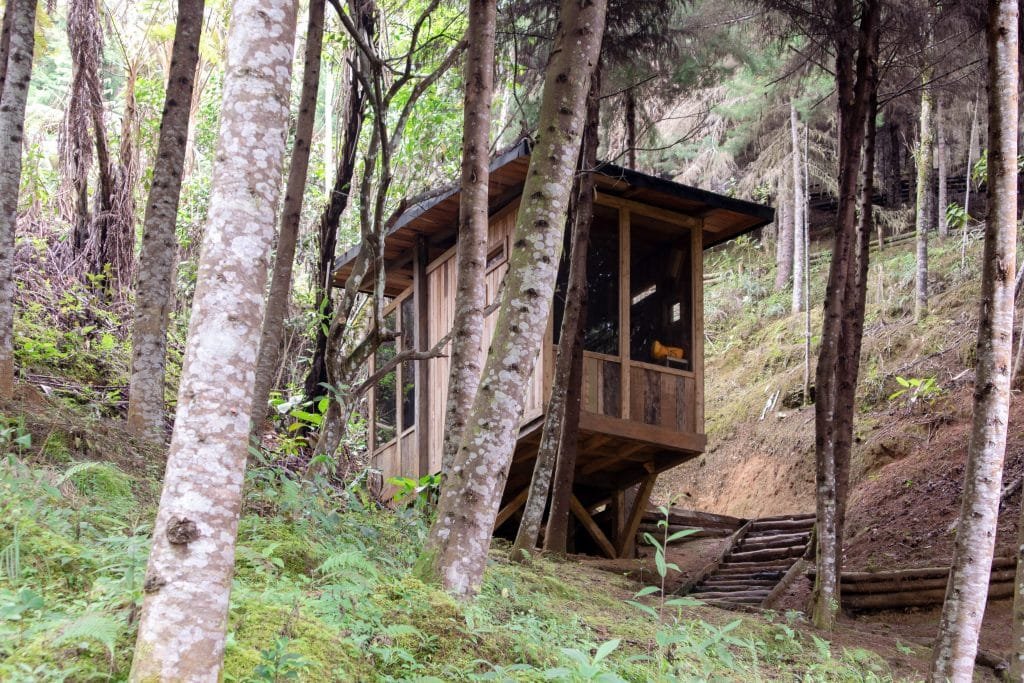The resources listed here apply to each of the housing and land-sharing types below. These have the most focus on self-sufficient and sustainable community. In addition, ecovillages have ecological preservation as a core value.
Grants
These foundation grants do not require that you be or partner with a non-profit agency or government.
- Grants to individuals for small agriculture projects (in U.S.)
- Grants to individuals for small agriculture projects (outside U.S.)
- Grants for forestry-related projects
Resources for Self-sufficiency and Sustainability
Platforms or directories for self-sufficient communities: See the descriptions of the Global Ecovillage Network, Worldwide Opportunities on Organic farms, Ecobasa (primarily in Europe), freedomcells.org, and workaway.info.
Wild Community Fund and Foundation: a Social Enterprise Smart Village investment, development and management, and philanthropic fund. They secure land in trust and steward it for our collective future. In the process we create villages, permaculture farms, regenerate forest, create social enterprises and micro businesses, help young farmers get a start, provide affordable housing, run retreats and wellness programs, and more.
Partner with land trusts: For residential intentional communities, a land trust offers an ideal solution for land ownership. While young innovators often have the energy and vision to establish communities aligned with conservation or affordable housing goals, they typically struggle to attract investors due to a lack of established credentials. This is where a land trust’s board, staffed by experienced and vetted advocates for long-term conservation and affordable housing, becomes a powerful ally, providing essential mentorship and leveraging their reputation to secure funding.
Contracted emergency timeshare: ecovillages and agrihoods may play an important role in emergency preparedness and should be able to profit from this potential. You might offer disaster relief temporary shelter as a contracted prepaid service. Disaster victims will likely seek and be given refuge freely, but a contract for a prepaid service ensures that you have the resources to prepare for such a scenario. You could also apply for local government grants to spearhead a community preparedness program.
Permies.com: a wealth of resources and forums about permaculture.
Lifeboat Academy: creating a network of Fair Share holders with access to a pool of resources that include sustainable communities.
Green Mountain Center for Sustainability: Prescott College has a master’s program for regenerative design and related topics.
Torus energy storage and management: U.S.-built from 95% recyclable materials this battery purports to last, on average, three times longer than a traditional chemical battery.
Flow Hive: An innovative beehive with easy harvest, minimal disturbance of bees.
If you have resources that would help others building a self-sufficient and sustainable community, please contact [email protected] to share.
Discussion of Self-sufficiency and Sustainability
A self-sufficient and sustainable community can address multiple challenges simultaneously.
Altho fragmentation will create new [needs for methods to] assure quality and safety, consumers and society as a whole will benefit from the great dynamism and innovation of small, local enterprises. I would go further and argue that the End of Big in business represents one of the greatest hopes for saving our civilization from the environmental dangers that threaten to sink it. Our current, big economy is unsustainable—almost everyone in business realizes that today. A more fragmented economy comprising primarily small, dynamic firms has the potential to lead us to more sustainability while also fostering community and continued wealth generation. (Mele, 2013, p. 243)
Personal contentment and social ills can be addressed effectively within community settings, as noted in the section “Benefits of Living in Community”:
- Insurance: We pay to guard against financial ruin in case of death of a provider or in case we lose a home, physical functionality, a job, health, house, car, et cetera. In a community, we can pay for these insurances thru our own service to others, or share insurance policies as a household or business.
- Resource sharing: As long as there is accountability built into a borrowing system, one library, shared tools, shared appliances can give all added benefits and lower costs.
- Lifestyle: Each may have a different essential reason for preferring community life. For some it may be a sense of place such as Wendell Berry evokes. For others—perhaps like some I know who were vegan but whose allergies eventually made animal products the only protein they could tolerate—it may be to practice humane care of livestock.
- Human connection: For many, it’s the epidemic of loneliness, 61% of U.S. respondents reported loneliness, and in 2004 approximately one in four Americans reported having no close confidants (Beilock, 2020).
- Medical needs: You or some of your companions may be medically vulnerable or afraid of close proximity with others. Live with people who you can physically embrace without fear of contagion. The Heart Math Institute has researched the importance of this.
Economic challenges that could be addressed effectively within community settings attempting to increase self-sufficiency and decrease environmental degradation:
- Affordable housing: Slums & homelessness because a subsistence lifestyle allows one to work for one’s food and shelter.
- Affordable food: Food transportation and packaging costs can be lessened by eliminating food transport, as communities grow more on site.
- Work-related costs: Time and cost of commute can be reduced as communities work more on site, share internet and office supplies, and share child care.
- Some types of healthcare providers or maintenance workers can offer a lower cost by serving multiple members of a community within one day.
Ecological challenges could be addressed effectively within community settings:
- Dancing Rabbit Ecovillage boasts that thru greywater use, renewable energy, ride sharing, and car sharing it “has figured out how to reduce its consumption of water, electricity, natural gas, and total vehicle miles traveled by 90% of the U.S. average” (drecovillage, 2014, 23:06).
- When builders are prospective owners, they care more about the energy efficiency standards that will save them on utility costs long term. Ecovillages strive to meet LEED standards or a new certification called living building challenge from the U.S. green building council. They can also support the use of reclaimed materials.
- Trash and leachate: Too many single-use disposable plastic items and packaging are based on too little time for home cooking or fixing items; inclusion of members who have fewer high-income skills allows for work and appreciation of those whose home-based processing, cooking, and repairing allows for high quality food and lower carbon footprint.
- Air pollution and the externalized cost of groundwater contamination: Less travel and goods transport reduces greenhouse gasses and fossil fuel use. All casings from oil drilling eventually fail, and “produced water” from fracking has to go somewhere. Keeping production local minimizes commutes and transport of goods.
- Tragedy of the commons: Squandering of “public” resources—such as a ranch or preserve with a conservation easement—can be regulated with small-group ownership. Transparency and accountability can be maintained on this scale, to ensure joint resources can be shared without exploitation and not hoarded by a few.
- Funded by the non-profit Avaaz (2020), one Maasai community operates a wildlife habitat preserve. Those who used to be poachers are now protectors.
See References page for the sources cited.



